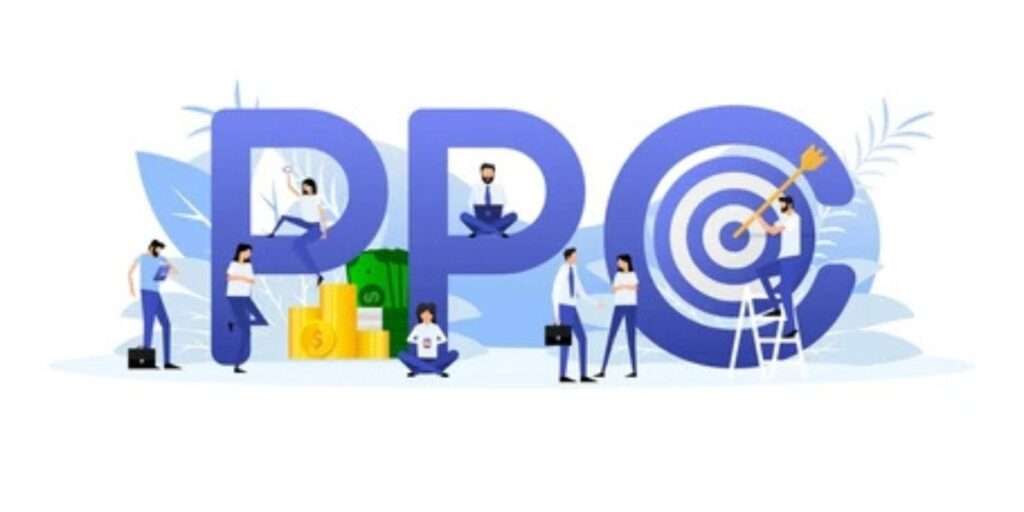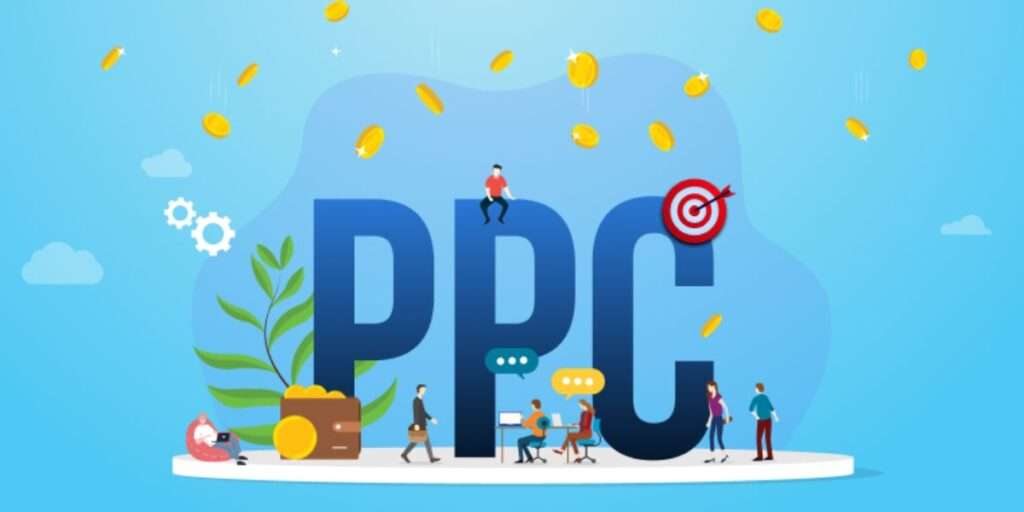
In the ever-evolving digital marketing landscape, businesses constantly seek effective strategies to increase visibility, drive traffic, and convert leads. One of the most popular and impactful methods in this domain is PPC advertising. But what is PPC advertising? This article delves into the concept, mechanisms, benefits, and best practices of PPC advertising, providing you with a complete understanding of this powerful tool.
Understanding PPC Advertising
PPC, or Pay-Per-Click advertising, is a digital marketing model where advertisers pay a fee each time their ad is clicked. Essentially, it is a method of buying visits to your site rather than earning them organically. PPC advertising allows businesses to display ads on platforms like search engines, social media, and other websites, targeting specific audiences based on keywords, demographics, and interests.
The core idea of PPC is straightforward: advertisers bid on keywords relevant to their target audience. When a user searches for a keyword, the search engine or platform displays the ads associated with those keywords. Advertisers pay only when a user clicks on their ad, hence the name “Pay-Per-Click.
Key Components of PPC Advertising
To fully understand what is PPC advertising, let’s break down its primary components:
1. Keywords
Keywords are the foundation of PPC campaigns. Advertisers research and select keywords that their target audience is likely to use when searching for products or services. Tools like Google Keyword Planner help identify high-performing keywords.
2. Ad Auction
PPC operates on an auction system. When a user performs a search, an automated process determines which ads appear and their order. Factors influencing this include bid amount, ad quality, and relevance.
3. Ad Copy and Creatives
Engaging ad copy and visuals are crucial for capturing user attention. Effective ads are clear, compelling, and relevant to the user’s query.
4. Landing Pages
The landing page is where users land after clicking an ad. It should provide a seamless user experience, relevant information, and a clear call to action (CTA) to maximize conversions.
5. Campaign Settings
Advertisers can fine-tune their campaigns by setting budgets, targeting specific locations, scheduling ads, and selecting devices to display the ads on.

Types of PPC Advertising
PPC advertising encompasses various formats tailored to different platforms and objectives. Below are some of the most common types:
1. Search Advertising
Search advertising is the most common form of PPC. Ads appear on search engine results pages (SERPs) when users search for specific keywords. Google Ads and Bing Ads dominate this category.
2. Display Advertising
Display ads appear on websites, apps, and videos as banners, images, or interactive media. They are excellent for building brand awareness.
3. Social Media Advertising
Social media platforms like Facebook, Instagram, LinkedIn, and Twitter offer PPC advertising options. These ads target users based on demographics, interests, and behaviors.
4. Shopping Ads
Shopping ads showcase products directly on SERPs, complete with images, prices, and links. These are ideal for e-commerce businesses.
5. Remarketing/Retargeting
Remarketing ads target users who have previously visited your site but didn’t convert. These ads aim to re-engage potential customers.
6. Video Advertising
Platforms like YouTube offer PPC video ads that appear before, during, or after video content. Video ads are highly engaging and effective for storytelling.

Benefits of PPC Advertising
Now that we understand what is PPC advertising, let’s explore its benefits:
1. Immediate Results
Unlike SEO, which can take months to show results, PPC delivers immediate visibility and traffic once the campaign is live.
2. Targeted Advertising
PPC allows precise targeting based on keywords, location, language, device, and even time of day. This ensures your ads reach the right audience.
3. Cost-Effectiveness
Since you pay only when someone clicks on your ad, PPC ensures you get value for your investment. Proper optimization can yield high ROI.
4. Measurable Performance
PPC platforms provide detailed analytics, allowing advertisers to track impressions, clicks, conversions, and other metrics. This transparency facilitates data-driven decisions.
5. Flexibility and Scalability
PPC campaigns are highly flexible. Advertisers can adjust budgets, pause campaigns, and test different strategies to optimize performance.
6. Brand Exposure
Even if users don’t click on your ad, they still see it, which helps build brand awareness and recognition.
Challenges in PPC Advertising
While PPC advertising offers numerous benefits, it’s not without challenges:
1. High Competition
Popular keywords often have fierce competition, driving up costs. Small businesses may struggle to compete with larger companies with bigger budgets.
2. Click Fraud
Click fraud occurs when competitors or malicious entities click on your ads without genuine interest, wasting your budget.
3. Requires Expertise
Running successful PPC campaigns requires expertise in keyword research, ad copywriting, and analytics. Mistakes can lead to poor ROI.
4. Costly Mistakes
Poorly managed campaigns can quickly deplete budgets without delivering meaningful results. Continuous monitoring and optimization are essential.
How to Create a Successful PPC Campaign
To maximize the benefits of PPC advertising, follow these best practices:
1. Set Clear Goals
Define what you want to achieve with your PPC campaign, whether it’s increased traffic, lead generation, or sales.
2. Conduct Thorough Keyword Research
Use tools like Google Keyword Planner, SEMrush, or Ahrefs to identify high-performing and relevant keywords.
3. Optimize Ad Copy
Craft compelling ad headlines and descriptions. Highlight unique selling points (USPs) and include a clear CTA.
4. Focus on Quality Score
Search engines like Google evaluate ads based on their Quality Score, which considers relevance, CTR (Click-Through Rate), and landing page experience. A higher Quality Score reduces costs and improves ad placement.
5. Leverage Negative Keywords
Exclude irrelevant searches by adding negative keywords. This ensures your ads appear only for relevant queries.
6. A/B Testing
Experiment with different ad variations to identify what resonates most with your audience. Test headlines, images, CTAs, and more.
7. Optimize Landing Pages
Ensure your landing pages align with your ads, load quickly, and provide a seamless user experience. Include clear CTAs and relevant content.
8. Monitor and Analyze Performance
Regularly review campaign performance metrics like CTR, CPC (Cost-Per-Click), and conversion rates. Use insights to make data-driven adjustments.

The Role of PPC Advertising in Digital Marketing
PPC advertising plays a pivotal role in a comprehensive digital marketing strategy. Here’s how it complements other tactics:
1. Boosting SEO Efforts
PPC provides immediate visibility while your SEO efforts build organic rankings over time. The combined approach maximizes your online presence.
2. Driving Conversions
PPC targets high-intent users, making it an effective tool for driving conversions. Pairing PPC with remarketing strategies further enhances results.
3. Enhancing Brand Awareness
Display and social media ads increase exposure, helping new businesses establish their brand in competitive markets.
4. Supporting Content Marketing
Promote blog posts, videos, or other content via PPC to drive traffic and engage your audience.
PPC Advertising Trends in 2024
The digital marketing landscape is constantly evolving, and staying updated is crucial. Here are some PPC trends to watch in 2024:
1. AI and Automation
AI-powered tools streamline campaign management, from ad creation to performance analysis, improving efficiency and outcomes.
2. Voice Search Optimization
With the rise of voice assistants, optimizing PPC campaigns for voice search queries is becoming essential.
3. Personalization
Tailoring ads to individual user preferences enhances engagement and conversion rates.
4. Video Ads Dominance
As video consumption continues to grow, video ads are gaining prominence in PPC strategies.
5. Sustainability Messaging
Consumers increasingly value eco-friendly practices. Highlighting sustainability in ads can boost appeal.

